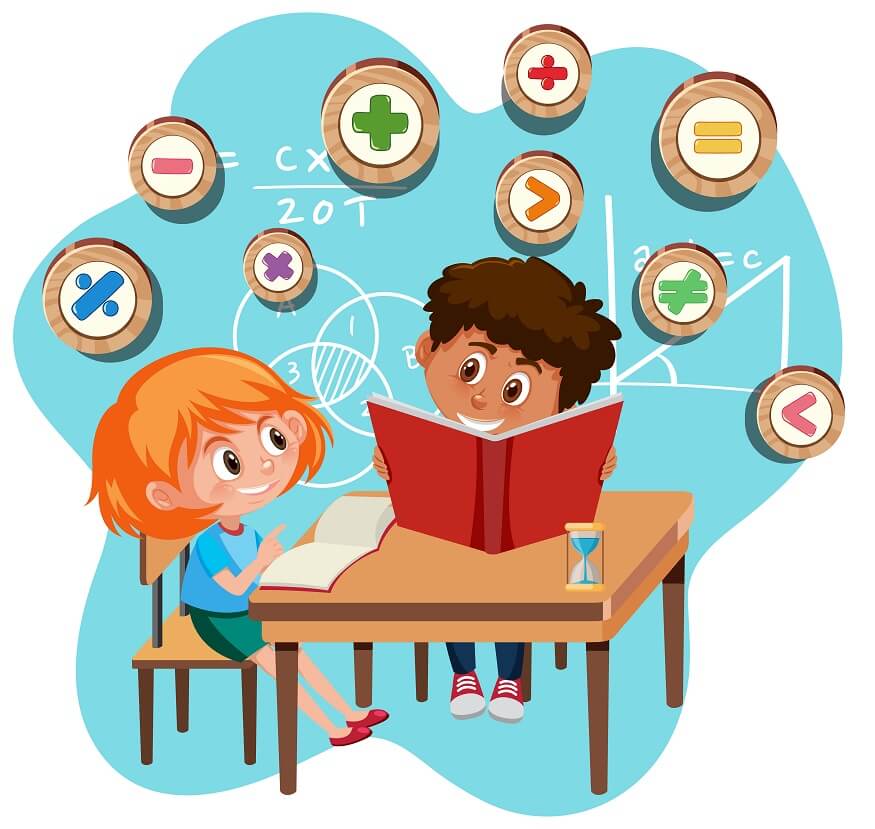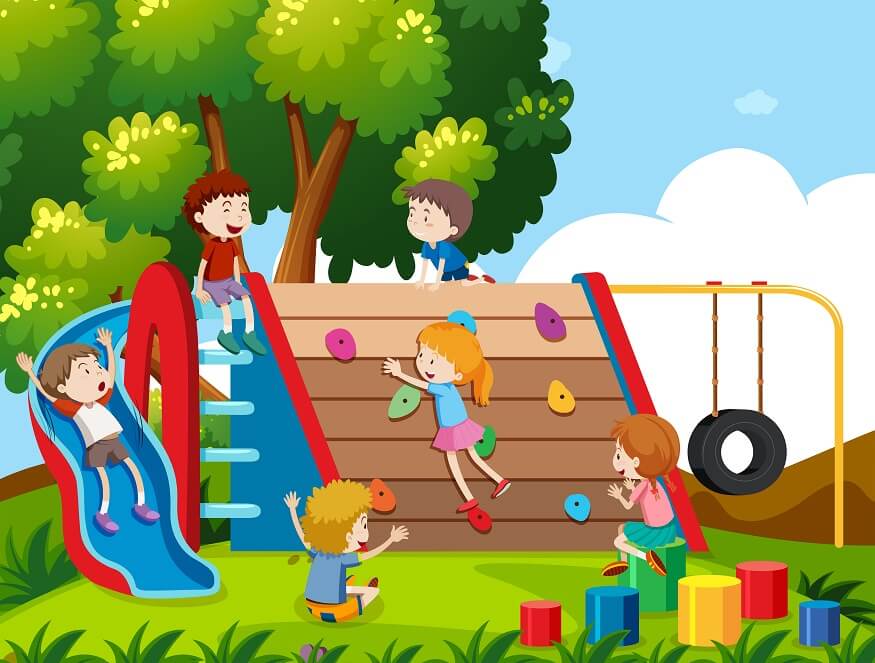What is the meaning of metacognitive skills? To understand that let’s break it down into “Meta” + “Cognition”. Cognition refers to the process of how our mind works for acquiring knowledge. It is about our learning process. This learning could be by way of sensing, experiencing, and thinking. This process of cognition varies from one individual to the other. For example, some of us learn better through our experiences, philosophers expand their knowledge by thinking about their topics of interest, while many of us learn by sensing through our senses. It is important to know how we learn, and this understanding is called metacognitive skills. In other words, the ability to know how we learn, or think is a metacognitive skill.
If we talk specifically about how students learn – some students learn better through lectures, some learn better by reading books, some learn better by making their notes, some learn better by watching relevant videos, etc. Metacognitive strategies involve first understanding how you think and learn, and then appropriately planning the learning process that might suit you. It involves a lot of introspection and reflection into yourself to understand what you know, what you do not, what you want to learn, what is the best way for you to learn, etc. In this article, we present certain useful metacognitive strategies that can be used in the classroom.
Train the Teacher
To implement metacognitive strategies in the classroom, the first requirement is for teachers to be trained to implement metacognitive strategies with students. Teachers need to know about the various techniques to develop metacognitive skills among students. Teachers need to be empathetic and observant of the uniqueness of each student in their class and should be able to tweak the strategies to suit individual needs.
Assess Current State
To set out any learning journey, first and foremost it is important to assess the current state of learning for the students in the classroom. Students’ current skill sets, abilities, knowledge levels, strengths, weaknesses, and constraints are all essential ingredients of metacognitive strategies in the classroom. Parents could be a good starting source for this information. Further information can be gathered through basic tests and evaluations.
Set Learning Goals
From the current state, the next step should be to define the desired state of learning. Goal setting is an important first step in the metacognitive strategy in the classroom. Goals typically involve setting up the learning objectives and defining the course outcomes, and program outcomes. Goals should always be quantified so that progress and achievement can be easily tracked and measured. It is also important for goals to be realistically ambitious – not too conservative and not too aggressive. Conservative goals will not challenge the students and will not lead to growth. Excessively aggressive goals will only prepare students for failure. They might lose interest in the journey entirely if they find the goals unachievable.
Plan the learning
Now we know the current state and the desired state. The logical next step is to figure out how we go from our current state of learning to our desired state of learning. Planning is an important element of metacognitive skills. Teachers must lead by example by planning the learning journey for the students. Elements such as a session plan for the entire course, week’s plan, day’s plan, etc could be helpful for students to think about the journey they will traverse through to achieve the objective of the course.
Monitor your learning
Implement the planned learning journey with minimal deviations. Monitoring is an important aspect. It allows us to identify any deviations. Imagine monitoring to be something like looking at your Google Maps when travelling from origin to destination. If you do not monitor, you might take the wrong route and end up in an entirely different location than your desired destination.
Evaluate your learning
While the learning is in action, it is of utmost importance to monitor the learning progress to see if we are moving in the right direction, and if the objectives set out are being achieved. This can be achieved through periodic tests, quizzes, assignments, etc. If in case the learning is not happening, a course correction must be put in place. Here it is important to identify the root cause of the lack of progress. Is it because of the learning methods being used? If so, metacognitive skills must be reassessed, and the learning methods must be redefined.
Frequent continuous assessments are critical to highlight gross errors in our learning plan and methodologies early in the learning journey. It allows us to make timely course corrections in our learning methods before it is too late.
Also Read: Inspiring a paradigm shift in education with Nature Based Learning
Create opportunities for higher-order skills
Bloom’s Taxonomy has defined learning levels as remembering, understanding, applying, analysing, evaluating, and creating. Out of these levels, analysing, evaluating, and creating are considered higher-order skills. Most schools over-index on remembering and understanding. Few bring in the real-life application aspects to the topics being taught. Very few invoke analysis, synthesis, and creativity – higher-order skills. Teachers must create opportunities for students to analyse problems, synthesise their findings, come up with creative innovative solutions and evaluate the pros and cons to recommend solutions.
Reflective Thinking
Practising reflective thinking is an essential metacognitive strategy for students. Reflective thinking involves us reflecting on our current state, our experiences, assumptions, knowledge, behaviour, habits, activities, health, etc. Reflective thinking is a key ingredient of metacognitive skills for students. Teachers must encourage reflective thinking among students. It helps them to learn and explore more about themselves.
Maintain a Journal
While practising reflective thinking, maintaining a journal could be a good idea to keep track of your reflections. Encourage students to maintain a journal wherein they can jot down their thoughts, observations, and action items if any. This journal could be a source of a lot of creative ideas for students and can be a useful habit to inculcate not just for academics but also for their long-term professional growth.
Also Read: How To Teach Critical Thinking to A Child
Our educators at EuroSchool come with expertise in implementing metacognitive strategies in our classrooms. Our students are given ample opportunities in and outside of the classroom to develop their metacognitive skills. This special focus positions our students to not only excel in academics but also their professional careers and life.










